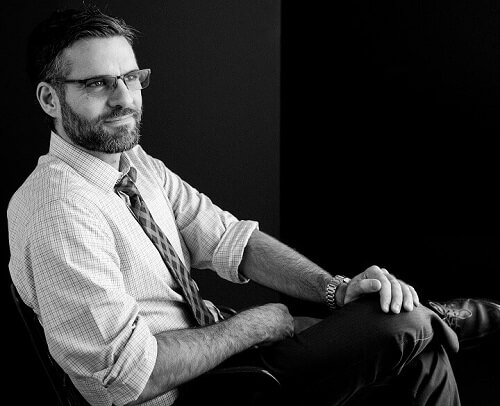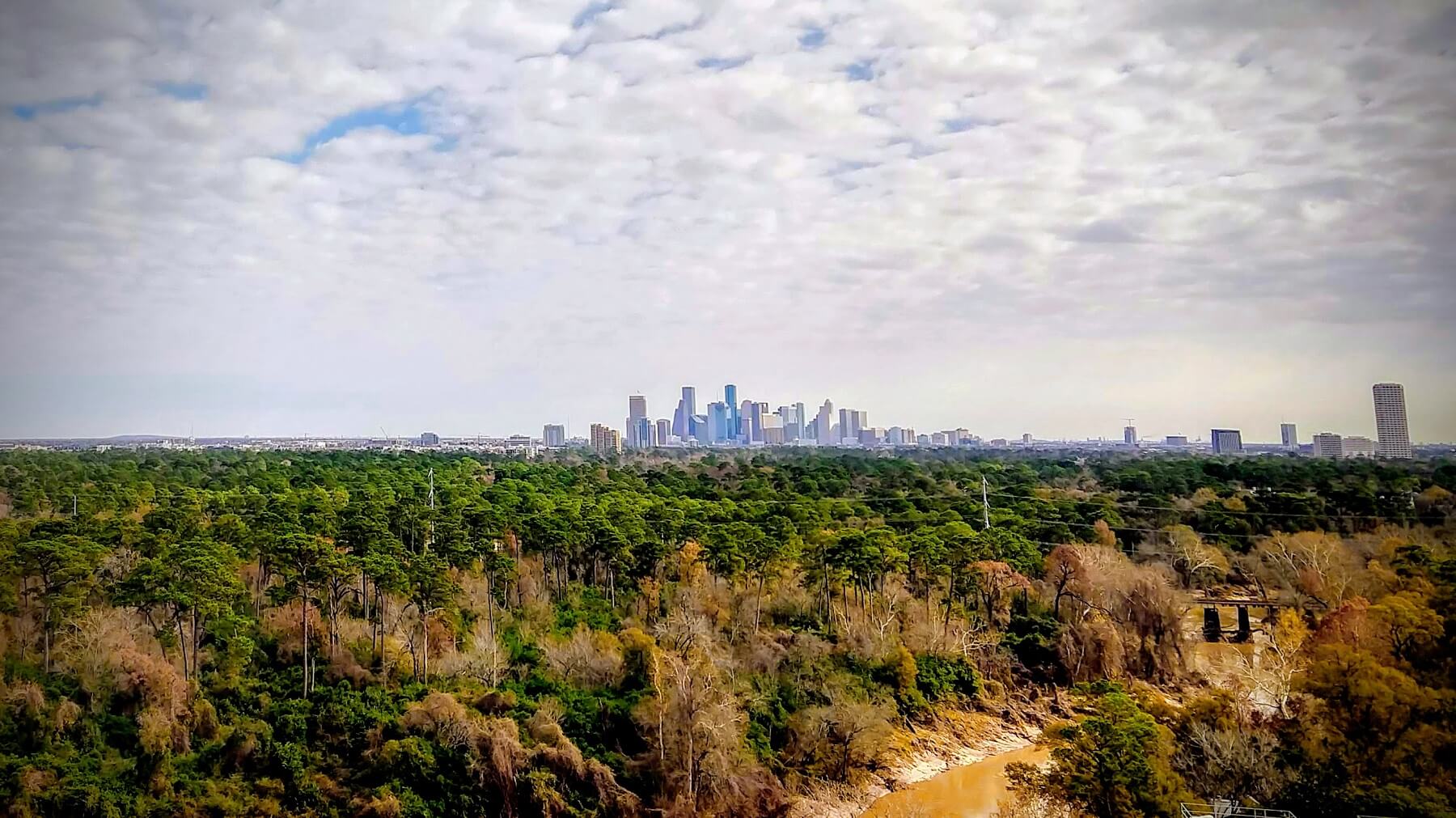Looking forward to the future of journalism
 This blog isn’t just about me — it’s about investigative journalism, and how we can keep it alive in a time of slashed newsroom budgets." Read more ...
This blog isn’t just about me — it’s about investigative journalism, and how we can keep it alive in a time of slashed newsroom budgets." Read more ...

About John Tedesco:
I've been digging up interesting stories in South Texas for more than 20 years as an investigative reporter for the San Antonio Express-News, the city's daily newspaper. I joined the Houston Chronicle's investigations team in January 2019, and I'm now an editor overseeing key topics that resonate with Houstonians.
Investigative story ideas:
Have a news tip or important documents to share? Here's how to contact me confidentially.
John's blog about watchdog journalism:
A place where you'll find interviews with journalists who share the story behind the story; reviews of gear, apps and reporting tools; and posts about how we can keep watchdog reporting alive in the clickbait age.
Sign up for updates:
I value your privacy and will not share your information.
